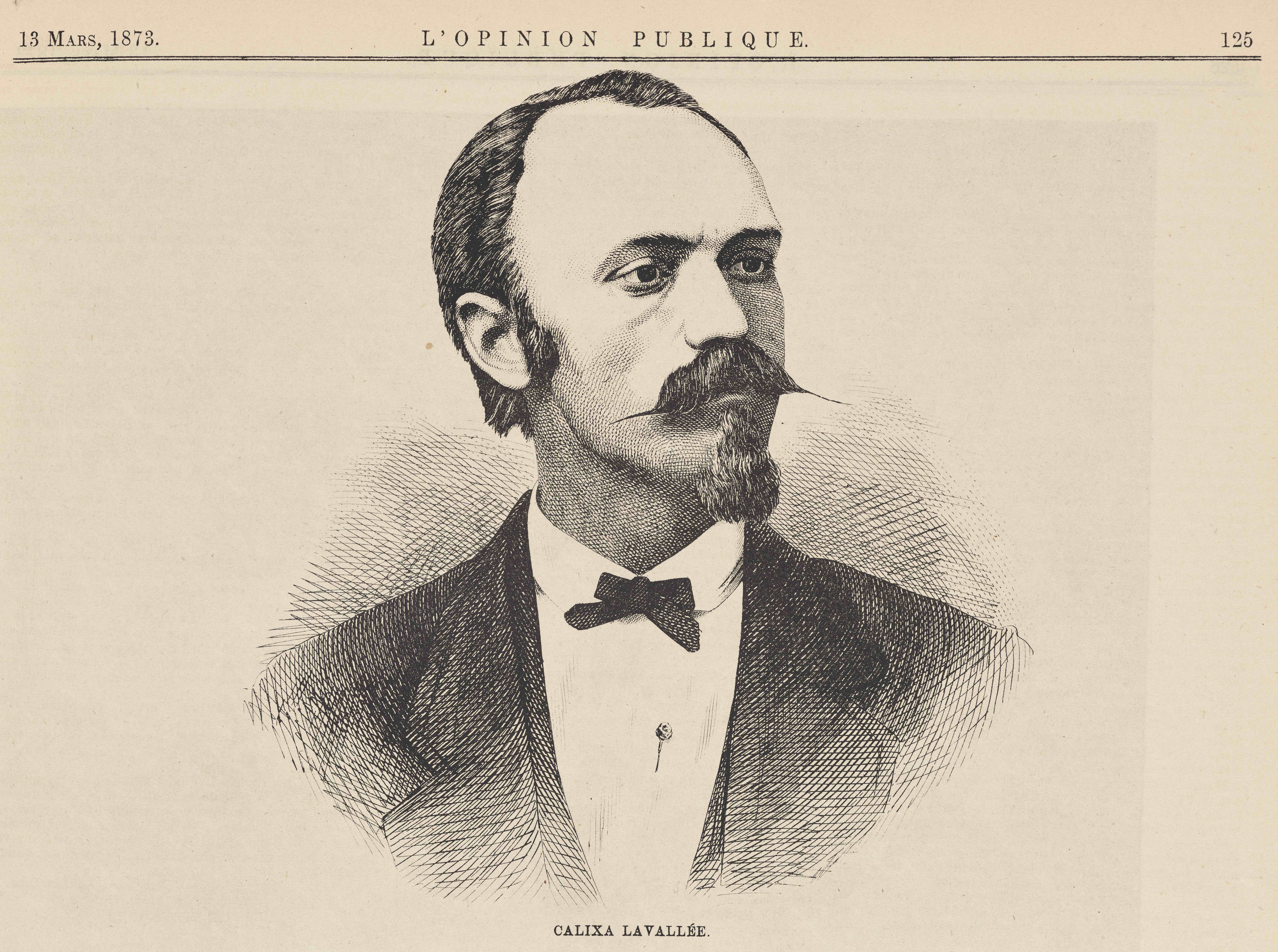Minstrel shows were musical comedy performances in which white people dressed up as blacks. Songs were interspersed with comic skits and dances that often caricatured blacks as buffoonish and dim-witted.
Minstrel shows were musical comedy performances in which white people dressed up as blacks. Songs were interspersed with comic skits and dances that often caricatured blacks as buffoonish and dim-witted. They existed from the 1830s to the 1970s, and are broadly considered racist today.
Every few years in Quebec, a prominent celebrity is chastised for appearing in blackface on the stage or on TV. Debates inevitably erupt in the press. Some journalists claim different norms apply here because of our different history. However, it’s worth noting that slavery existed in Canada until 1833 and Quebec was on the North American minstrel show circuit. Years before writing the music to “O Canada,” Calixa Lavallée blackened his face with Duprez’s New Orleans Minstrels, playing the piano, violin, and cornet. This American troupe travelled throughout the continent, but Quebec City’s Music Hall was the most successful stop on their 1863 tour.
Does this make Lavallée a racist? To his credit, he went on to fight against slavery with the Union Army in the American Civil War.

L’Opinion publique 4, no. 11 (March 13, 1873), 125.
BAnQ

Canadian Illustrated News vi, no. 17 (1872), 260.
Libraries and Archives Canada / Bibliothèques et Archives Canada
Further Reading
Thompson, Brian Christopher. Anthems and Minstrel Shows: The Life and Times of Calixa Lavallée, 1842–1891. Montreal and Kingston: McGill-Queen’s University Press, 2015.